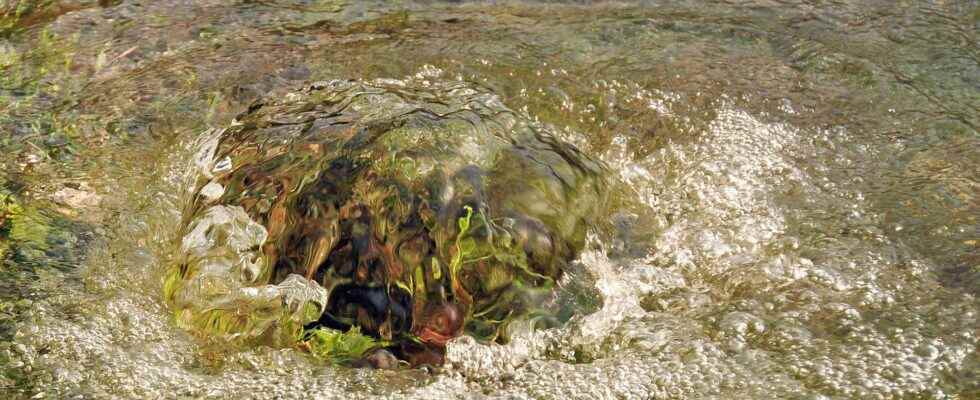Groundwater tables are large reserves of underground water, present at shallow depths in the subsoil. They represent one of the main sources of drinking water.
A water table usually occurs as a porous soil saturated with water, located above an impermeable layer. The upper part of the water table, which is not saturated with water but can become so if the volume of water increases, is defined as the vadose zone. A bit like a sponge, the geological layers containing interstitial water can fill or emptydepending on rainwater inflows but also on pumping and the water needs of the populations.
Groundwater: dynamic and sensitive systems
The water contained in the aquifer comes from the infiltration of rainwater into the ground. As a result, groundwater is particularly sensitive to pollution from the soils above. It is important to strike a balance between pumping and natural water recharge groundwater, too much pumping can cause the groundwater to dry out.
There are several types of groundwater, depending on their architecture and the nature of the soils surrounding them.
Different types of groundwater
“Free” aquifers are defined by the absence of an impermeable layer above the reservoir. The water level can therefore vary freely without being blocked. This type of tablecloth is not under pressure, which means that the construction of a catchment well will not be associated with a rise in water. On the other hand, unconfined aquifers are likely to overflow in the event of heavy rainfall and depending on the morphology ground. In this case we speak of groundwater rise.
Conversely, “captive” aquifers are under pressure due to the presence of an impermeable layer above the aquifer. In this case, the creation of a catchment well generally causes water to rise through the well. This phenomenon of springing and emptying of the water table can also occur naturally. We are talking about an artesian well in this case.
When the roof or the base of the web are formed by semi-impermeable layers allowing a drainage, we speak of a semi-captive or leakage aquifer. It may thus happen that several aquifers communicate with each other or with nearby watercourses.
You will also be interested
[EN VIDÉO] Water figures in France 32 billion cubic meters taken each year in France, half of which is used to cool thermal power stations. Here is one of the key figures for water in France.
Interested in what you just read?
